I& #39;ve been reading through the long-awaited new book by Shady Nasser "The Second Canonization of the Qurʾān".
There is a lot of marginal transmissions of readings that surprised me, but Šuʿbah reporting he read baʾīs as bayʾas before changing his mind is probably the coolest. https://abs.twimg.com/emoji/v2/... draggable="false" alt="🧵" title="Thread" aria-label="Emoji: Thread">
https://abs.twimg.com/emoji/v2/... draggable="false" alt="🧵" title="Thread" aria-label="Emoji: Thread">
There is a lot of marginal transmissions of readings that surprised me, but Šuʿbah reporting he read baʾīs as bayʾas before changing his mind is probably the coolest.
baʾīs "wretched" is a typical adjectival formation from baʾisa "to be miserable, wretched", whereas bayʾas is rather unusual as an adjective formation, Arabic lexicons also report this adjective as bayʾis which I expect is the more probable reading here too.
Ibn Mujāhid brings a report of Šuʿbah saying: "I memorized it on the authority of ʿĀṣim as bayʾ[a/i]sin, in the pattern fayʿ[a/i]l, but then I started to doubt it, so I dropped the transmission of ʿĀṣim and adopted baʾīs on the authority of al-ʾAʿmaš instead.
As Nasser points out, this account is a clear example of a transmitter "constructing" his reading, being dissatisfied with one form and therefore adopting a different form from a different transmission.
But it& #39;s the linguistic reflex that I am interested in here.
But it& #39;s the linguistic reflex that I am interested in here.
As I have discussed in a previous thread, adjectives like mayyit & #39;dead& #39;, are interpreted by the medieval grammarians as CayCiC formations, while historically they are clearly the reflex of CawīC/CayīC, and analysing it as CayCiC is a theoretical artifact. https://twitter.com/PhDniX/status/1239962841609723905">https://twitter.com/PhDniX/st...
Similarly, if a word like baʾīs would enter a dialect that loses hamzah, you would get bayīs which automatically shifted to bayyis. Such a shift was also observed for raʾīs > rayyis, kaʾīb > kayyib by the recently departed master of Middle Arabic Joshua Blau.
We also see such reflexes in the modern dialects, such as egyptian rayyis < raʾīs.
Do any of my followers speak a dialect that actually uses bayyis or kayyib for that matter? Those usually get borrowed (with hamzah) from Classical Arabic in modern dialects.
Do any of my followers speak a dialect that actually uses bayyis or kayyib for that matter? Those usually get borrowed (with hamzah) from Classical Arabic in modern dialects.
With this in place we can reconstruct what happened. ʿĀṣim (or one of his teachers) was exposed to the dialectal form bayyis in recitation. As ʿĀṣim is conservative in the use of hamzah, it was attempted to reintroduce the ʾ of the root bʾs. The correct reintroduction is baʾīs.
This etymologically correct reintroduction, however, was prevented due to interfernig grammatical theory. Words like mayyit (and thus also bayyis) are interpreted as CayCiC, and thus the hamzah was artificially inserted into that pattern yielding: bayʾis!
Šuʿbah was seemingly aware of this rather artificial formation, and preferred the etymologically correct form baʾīs that his fellow Kufan al-ʾAʿmaš used, over the rather artificial and strange bayʾis that his teacher had taught him.
This is not the only time that Šuʿbah is said to have outspoken opinions about his teacher& #39;s hamzah-use. Al-Zamakhsharī in his Kaššāf reports that Šuʿbah said: "our Imam [i.e. ʿĀṣim] would apply the hamzah to موصده; and I wanted to plug my ears whenever I would hear it!"
Indeed the reading of mūṣadah versus muʾṣadah is a difference between the transmissions of Šuʿbah and Ḥafṣ on the authority of ʿĀṣim (Q90:20; Q104:8), where the former did not need to plug his own ears, as he simply opted for mūṣadah.
If you enjoyed this thread and want me to do more stuff like it, please consider buying me a coffee.
https://ko-fi.com/phdnix .">https://ko-fi.com/phdnix&qu...
If you want to support me in a more integral way, you can become a patron on Patreon! https://www.patreon.com/PhDniX ">https://www.patreon.com/PhDniX&qu...
https://ko-fi.com/phdnix .">https://ko-fi.com/phdnix&qu...
If you want to support me in a more integral way, you can become a patron on Patreon! https://www.patreon.com/PhDniX ">https://www.patreon.com/PhDniX&qu...
[Addendum] ʾAbū Ḥayyān cites a line from a poem attributed to Imruʾ al-Qays where bayʔasā clearly rhymes with al-qawnasā. That really does seem to confirm that such a word has existed, and isn& #39;t a pure hypercorrection.
It would still be an exotic form being used where an obvious one (bayyis or baʔīs) is more natural. So it makes good sense that Šuʿbah would prefer that form; but seems like I& #39;m wrong (or at least need to do a lot more special pleading) to argue that this is a hypercorrection.

 Read on Twitter
Read on Twitter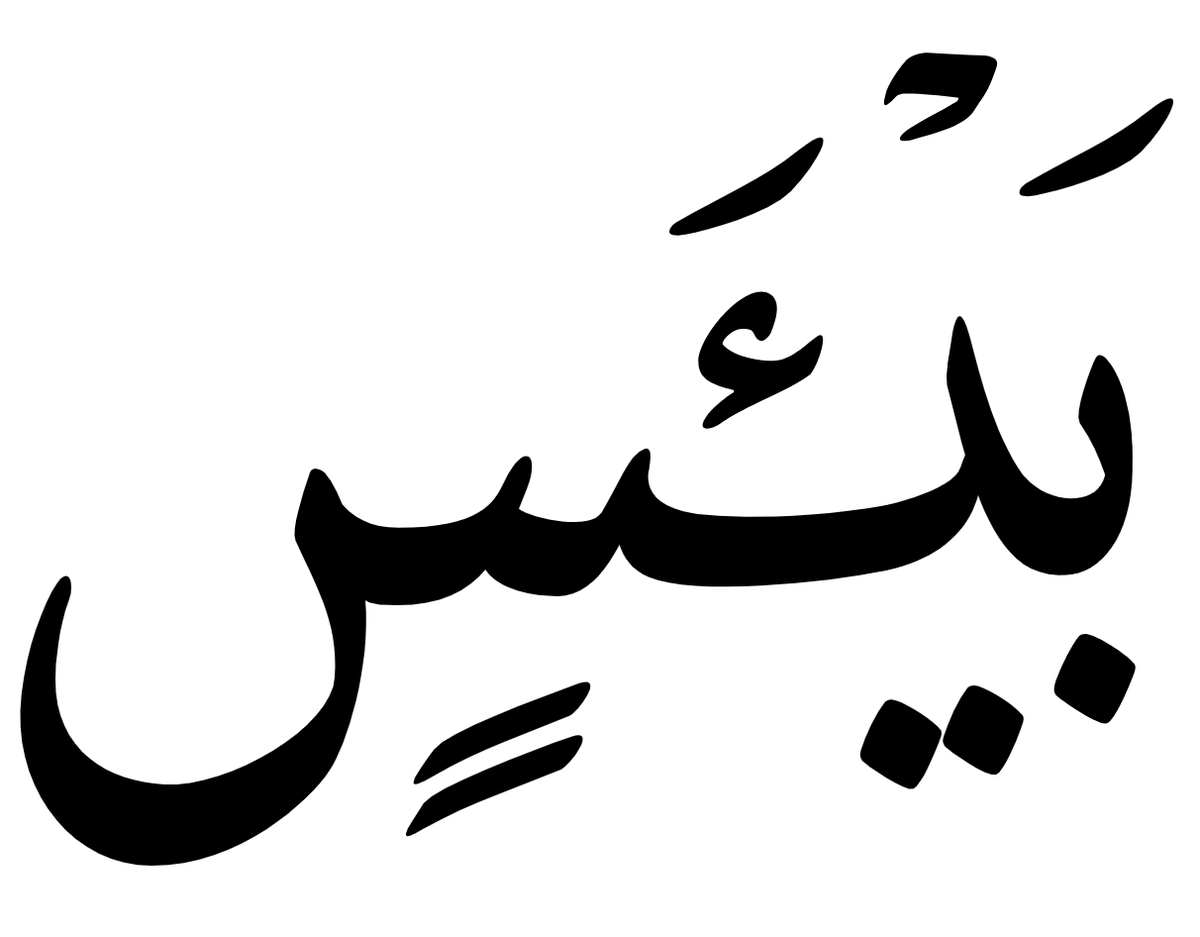 " title="I& #39;ve been reading through the long-awaited new book by Shady Nasser "The Second Canonization of the Qurʾān".There is a lot of marginal transmissions of readings that surprised me, but Šuʿbah reporting he read baʾīs as bayʾas before changing his mind is probably the coolest. https://abs.twimg.com/emoji/v2/... draggable="false" alt="🧵" title="Thread" aria-label="Emoji: Thread">" class="img-responsive" style="max-width:100%;"/>
" title="I& #39;ve been reading through the long-awaited new book by Shady Nasser "The Second Canonization of the Qurʾān".There is a lot of marginal transmissions of readings that surprised me, but Šuʿbah reporting he read baʾīs as bayʾas before changing his mind is probably the coolest. https://abs.twimg.com/emoji/v2/... draggable="false" alt="🧵" title="Thread" aria-label="Emoji: Thread">" class="img-responsive" style="max-width:100%;"/>
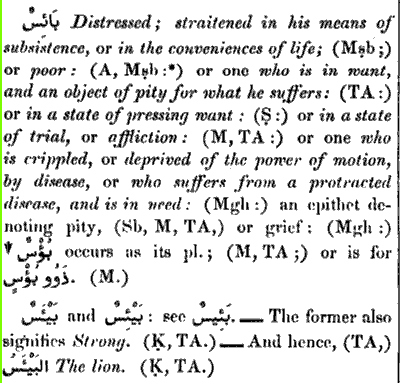
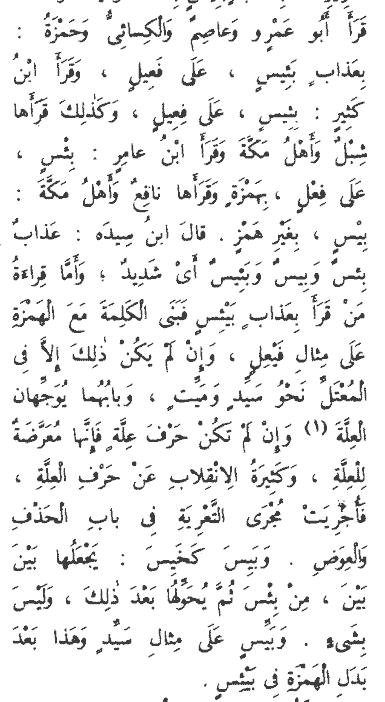
![Ibn Mujāhid brings a report of Šuʿbah saying: "I memorized it on the authority of ʿĀṣim as bayʾ[a/i]sin, in the pattern fayʿ[a/i]l, but then I started to doubt it, so I dropped the transmission of ʿĀṣim and adopted baʾīs on the authority of al-ʾAʿmaš instead. Ibn Mujāhid brings a report of Šuʿbah saying: "I memorized it on the authority of ʿĀṣim as bayʾ[a/i]sin, in the pattern fayʿ[a/i]l, but then I started to doubt it, so I dropped the transmission of ʿĀṣim and adopted baʾīs on the authority of al-ʾAʿmaš instead.](https://pbs.twimg.com/media/Ek61NZwWMAAODub.jpg)
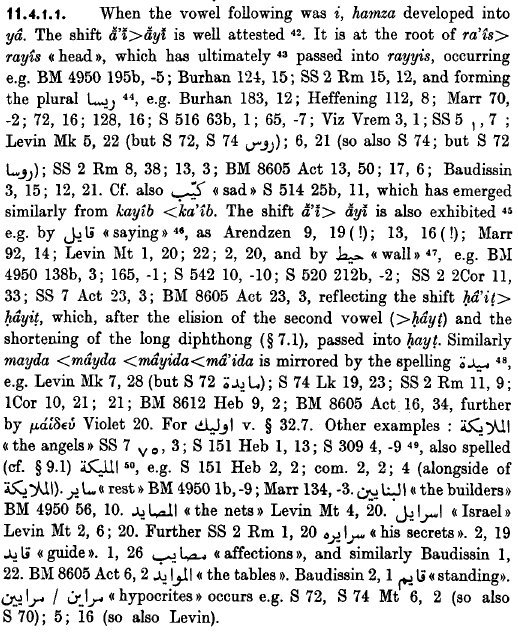
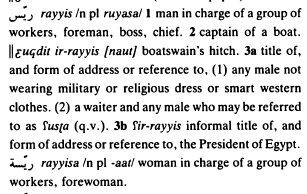
![[Addendum] ʾAbū Ḥayyān cites a line from a poem attributed to Imruʾ al-Qays where bayʔasā clearly rhymes with al-qawnasā. That really does seem to confirm that such a word has existed, and isn& #39;t a pure hypercorrection. [Addendum] ʾAbū Ḥayyān cites a line from a poem attributed to Imruʾ al-Qays where bayʔasā clearly rhymes with al-qawnasā. That really does seem to confirm that such a word has existed, and isn& #39;t a pure hypercorrection.](https://pbs.twimg.com/media/Ek76fhLWAAoLUGO.png)


